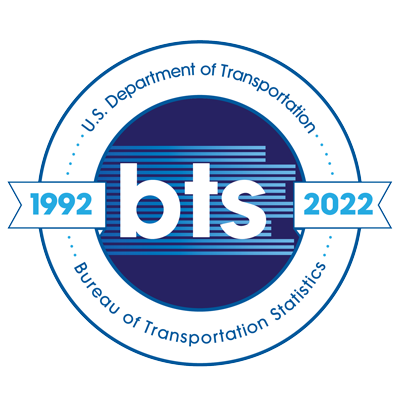Reusing railyards in the U.S.: the environmental justice implications of intensification vs. redevelopment
Topics:
Keywords: railyards, infrastructure, redevelopment, environmental justice, mobility justice
Abstract Type: Paper Abstract
Authors:
Julie Cidell, University of Illinois
Wataru Morioka, University of Illinois
William Richardson, University of Illinois
,
,
,
,
,
,
,
Abstract
Railyards in the U.S. are increasingly becoming more prominent features of the urban landscape in one of two ways. On the one hand, many railyards have been designated as obsolete or redundant, no longer needed to classify train cars or to house repair shops. These sites then become desirable for major urban redevelopment projects, where mixed-use developments with greenways, luxury housing, and retail take the place of transportation functions. On the other hand, there are railyard sites where the mobility of freight is being intensified. On heavily-used freight lines, railyards are busier than ever as they are transformed into intermodal yards. Activity is also intensified with the addition of temporary container storage; these “pop-up ports” increase truck traffic in nearby neighborhoods that have already dealt with train noise and emissions for decades. In some cases, the yards themselves are expanding into adjacent neighborhoods in an echo of interstate highway construction decades ago.
In this paper, we look at Chicago to explore the reasons for why these two different types of railyard reuse occur on different sites within each city. First, we consider the position of the yard within multiscalar transportation networks, including roads as well as rail. Second, we consider the nature of the surrounding neighborhoods, especially their demographics, as well as proximity to downtown and/or gentrifying areas. We posit that yards closer to downtown are more likely to be converted to non-transportation uses, while yards within disadvantaged neighborhoods are more likely to remain centers of freight activity.
Reusing railyards in the U.S.: the environmental justice implications of intensification vs. redevelopment
Category
Paper Abstract








